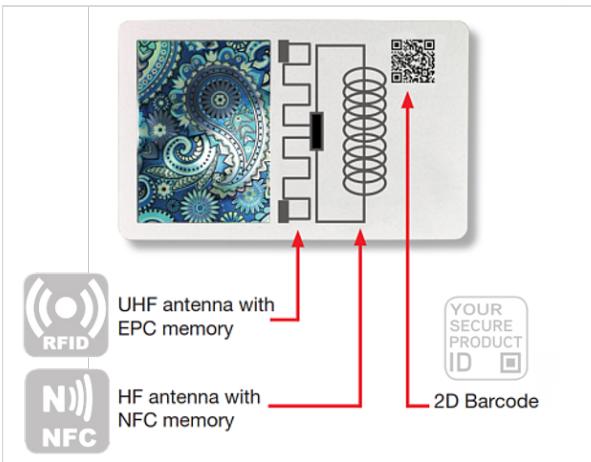2.3 Nuclear and other analytical techniques
Scenario 3: E-commerce: criminal infiltration of online supermarket chains for home delivery of fake food Step 1 – Control of legitimate e-operators. Step 2 – Selling fraudulent food as genuine through the controlled e-supermarkets.
The adoption of these technological tools can be used to analyse the marketed products and determine if they are fraudulent, of low quality and whether they do not originate from the correct geographical location.
Step 3 – Expansion of e-commerce market through the creation of a Super E-food app. Step 4 – Creation of dedicated social network groups/pages to sell fraudulent products to final customers.
2.3.3 Iso-elemental fingerprinting techniques Technology submission 9 The term seafood provenance refers to determining both the geographic origin and production method of seafood. Seafood provenance has become increasingly important to consumers, seafood industries and regulatory bodies. Methods such as DNA and fatty acid profiling, stable isotope analysis and elemental profiling using inductively coupled plasma mass spectrometry (ICP-MS) have been used to determine the origin of seafood as well as to distinguish between wild-caught and cultured seafood. Recently, bookkeeping methods such as blockchain or radio-frequency identification (RFID) have been added to trace the origins of seafood. However, each method has its advantages and disadvantages, with some methods excelling in determining the geographic origin and others better at distinguishing the production method. The nuclear techniques used, including stable isotope analysis, ITRAX X-ray fluorescence, neutron activation analysis, and ion beam analysis technologies provide great precision in determining geographical locations of food. The technology submission is based on iso-elemental fingerprint techniques, including stable isotope analysis and X-ray fluorescence (XRF) through the use of an Itrax scanner, to obtain the unique elemental and isotopic composition of seafood. The technology was tested on high valued seafood products such as Asian seabass and giant tiger prawns. These iso-elemental fingerprints were then used to create a provenance predicting model which could distinguish both the production methods and geographic origins of both species with greater than 80% accuracy. Following the success, a larger scale research project has been established to improve the prediction accuracy of the technology to distinguish between wild and farmed origin of seafood, including their geographical origins. The iso-elemental fingerprint data is processed in a machine learning model where this information is analysed to find patterns in order to predict the provenance.
72











